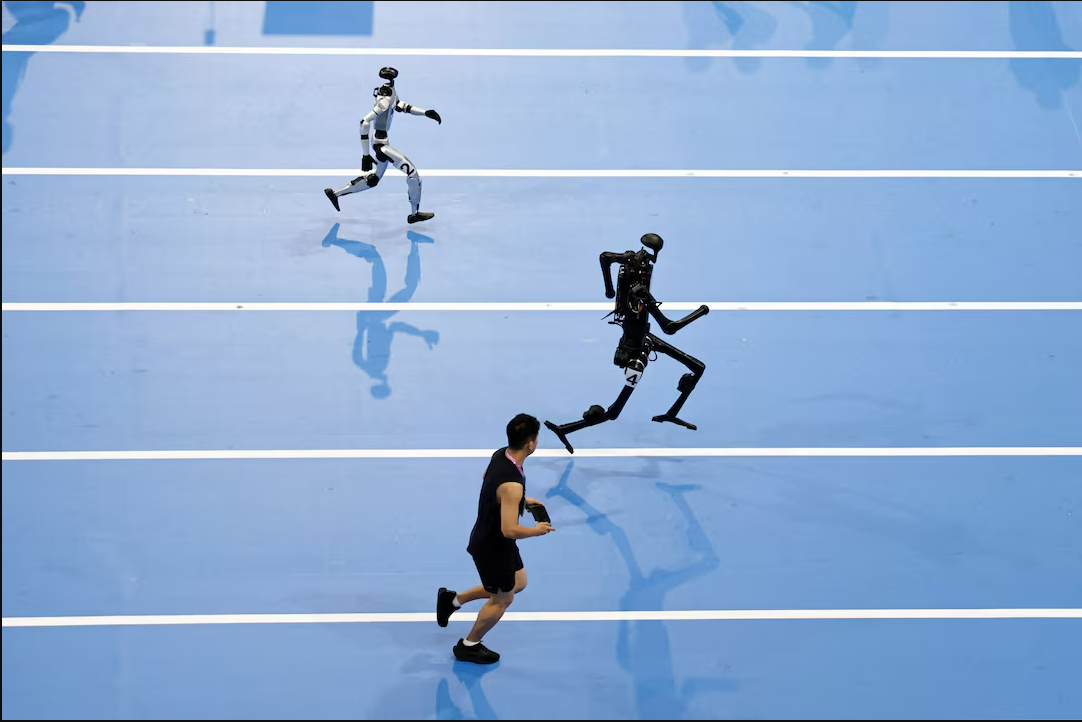China wrapped up the three-day World Humanoid Robot Games on Sunday, August 17, with 280 teams from 16 countries showcasing advances in robotics and artificial intelligence.
Robots competed in sports such as track & field and table tennis, as well as in practical tasks like sorting medicines, handling materials and cleaning. Of the 280 teams, 192 represented universities and 88 came from private companies, including Chinese firms Unitree and Fourier Intelligence. Many teams used Chinese-made robots, such as Booster Robotics models.
“We came here to play and to win, but we were also interested in research,” said Max Polter of Germany’s HTWK Robots team. “The contest let us test many new and exciting ideas. Something didn’t work, and we lost the game. Disappointing, yes, but still better than spending a lot of money on a product that failed.”
Robots often toppled during the games. In football matches, several crashed into each other, while in the 1,500-metre race, one stumbled and fell. Many, however, managed to get back up on their own, drawing cheers from the audience.
Organisers said the competition provided valuable data for practical applications, such as factory work. They noted that football matches helped train robots to work together- a skill that could contribute to assembly line jobs.
China has invested billions in humanoid robots, aiming to tackle challenges from its ageing population and to compete with the United States in advanced technology. In recent months, it has hosted robot marathons, conferences and even opened retail shops dedicated to humanoid robots.
Analysts at Morgan Stanley noted that public attendance at robotics events has risen, reflecting that the idea of embodied intelligence has been embraced by all.


